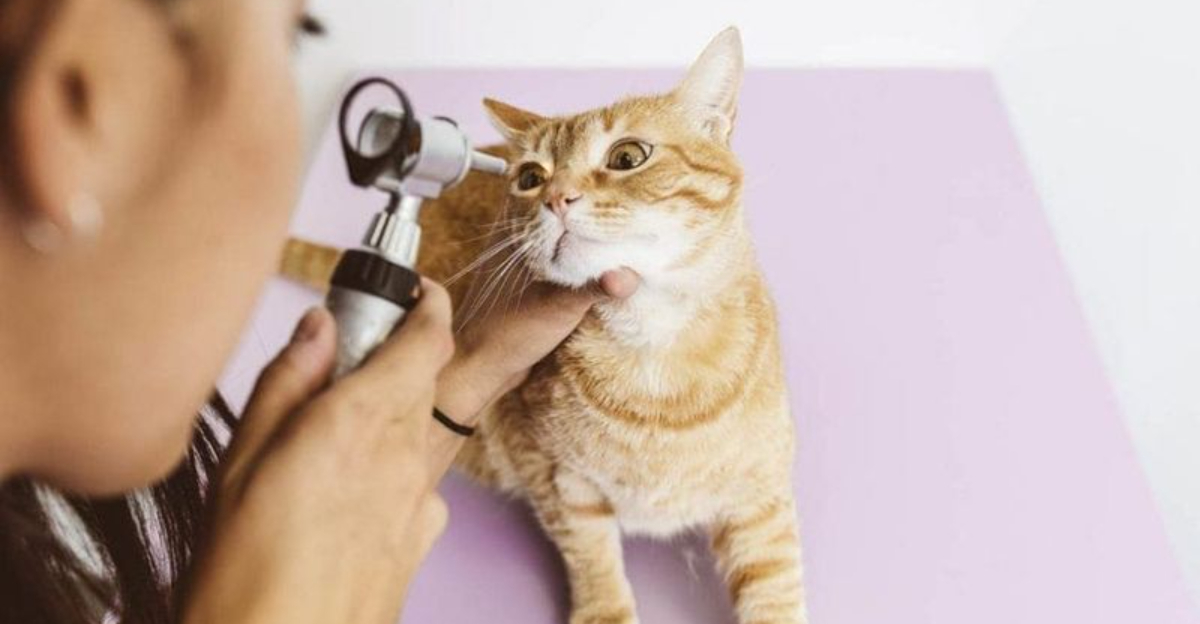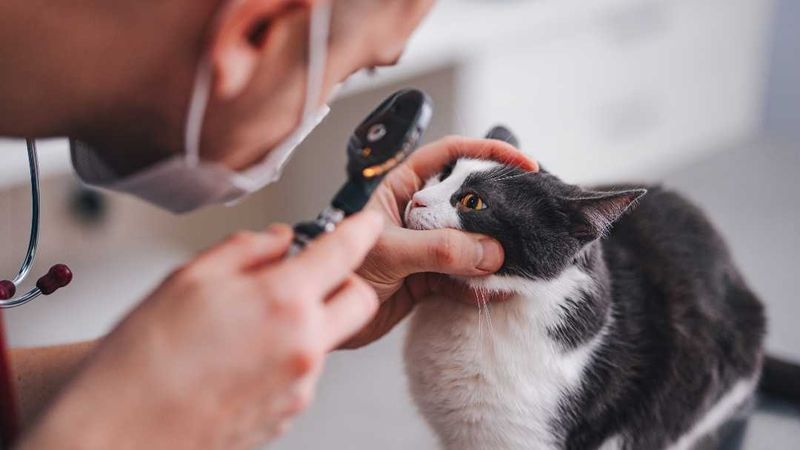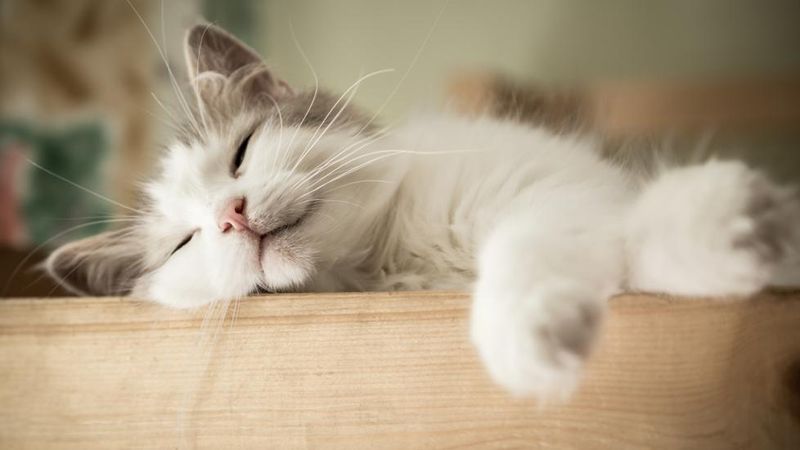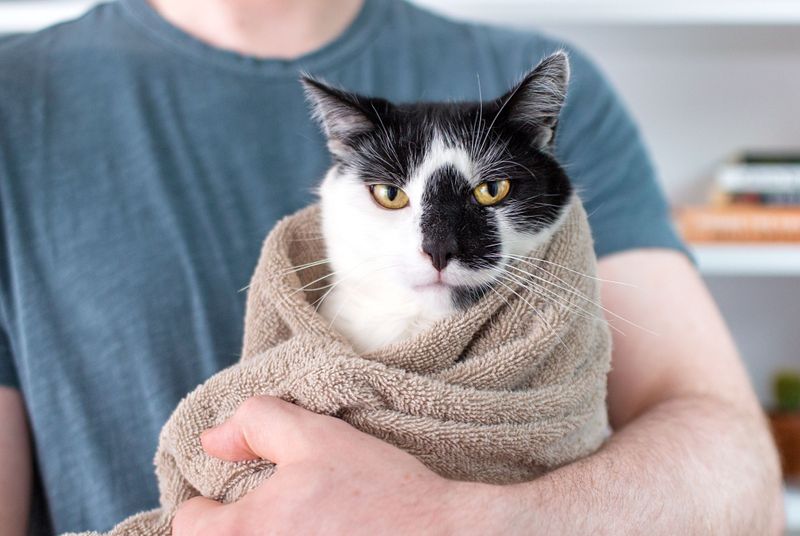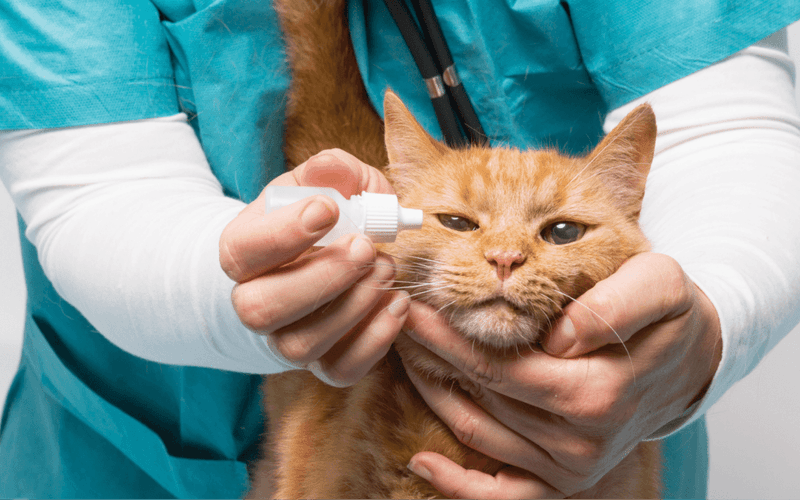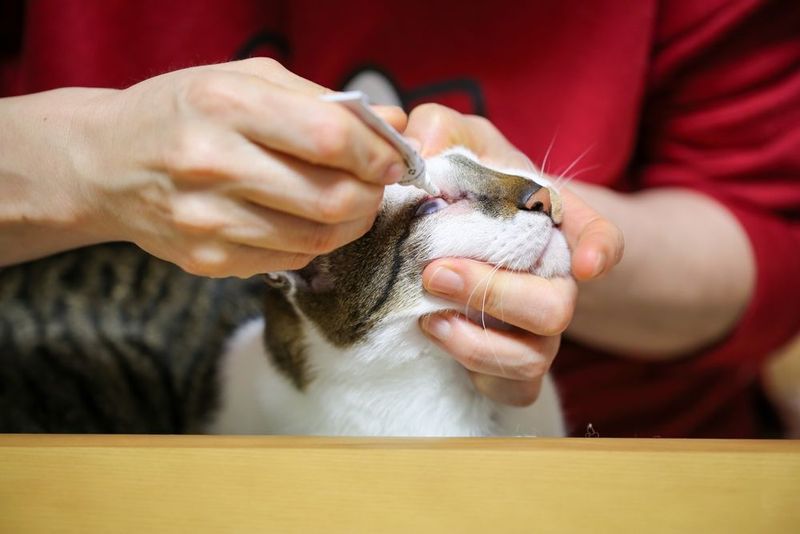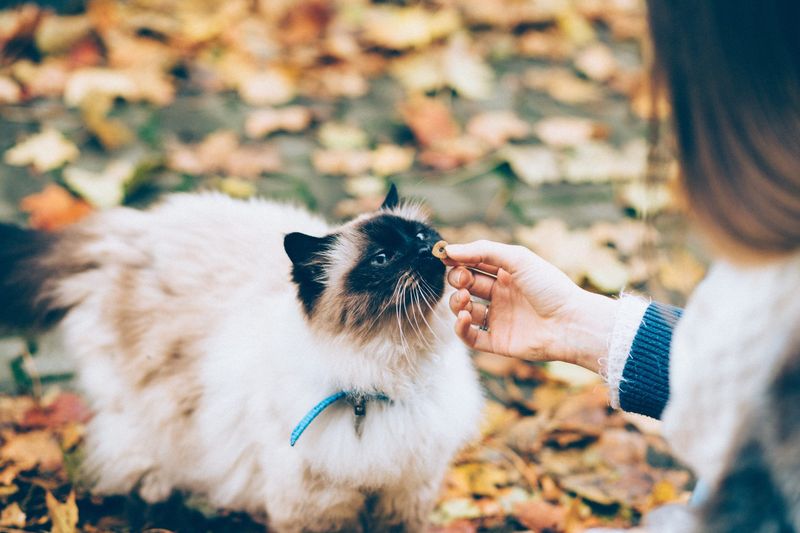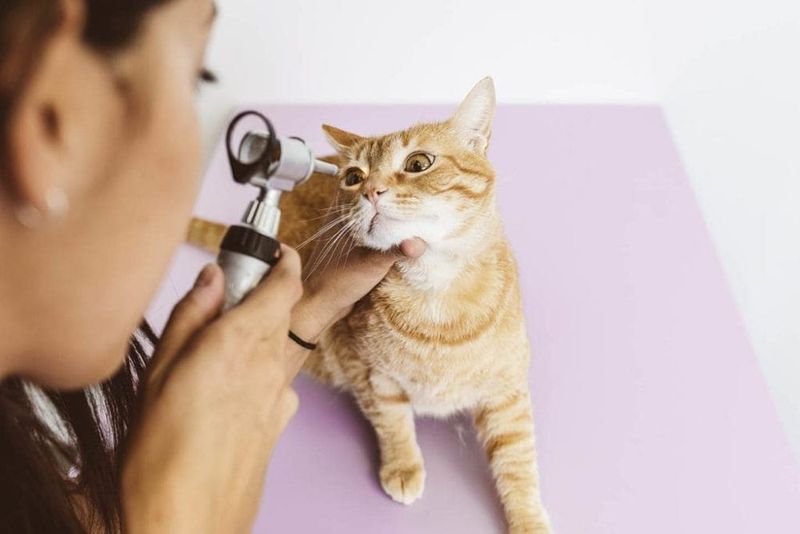📖 Table of Content:
Cats are known for their independence and aloof charm, but when it comes to eye care, even the most self-sufficient feline may need a helping paw. Whether it’s an infection, irritation, or allergy, eye issues in cats are more common than you might expect. And while eye drops might seem intimidating to use on a squirmy pet, with the right approach, they can be both safe and effective.
Understanding how to properly apply eye drops to your cat isn’t just about following instructions—it’s about creating a calm, trusting environment and tailoring your technique to your cat’s unique temperament. Improper use can lead to stress, ineffective treatment, or even injury, so it’s essential to approach this with care and patience.
This guide breaks down 7 effective and safe ways to use eye drops for cats, offering you step-by-step strategies that combine veterinary insight with practical, pet-parent-tested tips. Whether you’re a first-time cat owner or a seasoned pro, these methods will help you confidently care for your furry friend’s eye health.
1. Choose the Right Eye Drops for the Condition
Before you do anything else, consult with your veterinarian to determine exactly what your cat needs. There are several types of eye drops available—some are saline solutions for general rinsing, while others contain antibiotics, antifungals, or anti-inflammatory agents. Using the wrong kind can make the problem worse or cause unnecessary discomfort. It’s important to avoid human eye drops unless explicitly approved by a vet, as many are toxic to pets. A correct diagnosis ensures that you’re treating the root of the issue, not just the symptoms. Always check expiration dates and storage instructions for optimal safety and effectiveness. Starting with the right medication sets the stage for a successful treatment plan.
2. Prepare the Area and Stay Calm
Setting up a stress-free environment can make all the difference in how your cat reacts. Choose a quiet room where your cat already feels comfortable, and remove other pets or distractions. Make sure you have everything within reach—eye drops, tissues, and treats—before you begin. Take a few deep breaths to calm yourself, because your cat will pick up on your energy. Avoid chasing your cat; instead, approach them with a soothing voice and relaxed movements. If your cat tends to be anxious, consider using calming pheromone sprays in the area beforehand. A well-prepared setup helps the process feel more like care, not confrontation.
3. Restrain Your Cat Gently
Rather than forcing your cat into submission, think of this step as swaddling for security. Wrap your cat snugly in a towel, leaving just the head exposed, to prevent flailing paws or sudden leaps. This “kitty burrito” technique keeps your cat still without causing panic or injury. Make sure the towel isn’t too tight—comfort is key here. Place your cat on a stable, non-slippery surface like a bed or a lap. Speak softly or hum to provide reassurance throughout. Gentle restraint turns a chaotic moment into a controlled, safe experience for both of you.
4. Clean the Eye Area First
Start with a clean slate by gently wiping away any crust, discharge, or debris around the eye. Use a cotton ball moistened with warm water or a pet-safe eye wipe for this task. Cleaning the area ensures the medication can do its job without interference. Never use alcohol, hydrogen peroxide, or anything harsh near your cat’s eyes. If your cat resists, pause and soothe them rather than pushing through. It only takes a few moments, but this step significantly improves absorption and comfort. A clean eye is a ready eye for effective treatment.
5. Use the Correct Dosage and Application Technique
Precision matters when it comes to administering medication to such a sensitive area. Tilt your cat’s head slightly back and hold the eye drop bottle a few inches above the eye. Avoid touching the dropper to the eye or eyelid to keep it sterile. Gently pull down the lower lid to create a small pocket and release the drop into it. Most cats will blink naturally, helping to distribute the medicine across the eye surface. If a drop misses, it’s okay to try again, but don’t overmedicate to compensate. Getting it right the first time is ideal, but don’t worry if you need a couple of tries to master it.
6. Reward and Reassure Your Cat
After the drops are in, make a big deal out of how brave your cat was—because they were! Give them a favorite treat, a head scratch, or even playtime with a favorite toy. Positive reinforcement helps build a long-term association between eye drops and rewards. Over time, your cat may even come to tolerate—or at least not dread—the routine. Consistency is key, so be generous with praise and gentle in tone. This step is just as important as the medicine itself. Ending on a good note ensures that future treatments are less stressful for both of you.
7. Follow the Full Course and Monitor Progress
Don’t be tempted to stop early just because your cat’s eye “looks better.” Infections and inflammation can return if not fully treated. Stick with the prescribed schedule—even if it’s twice a day for a week or longer. Keep a log or set reminders if you’re worried about forgetting doses. Watch your cat for any new or worsening symptoms like excessive tearing, squinting, or pawing at the eyes. If something seems off, contact your vet immediately. Long-term success relies on consistency and attentive monitoring.
